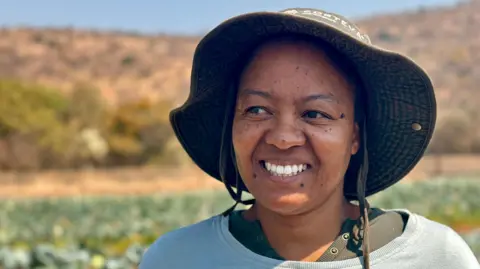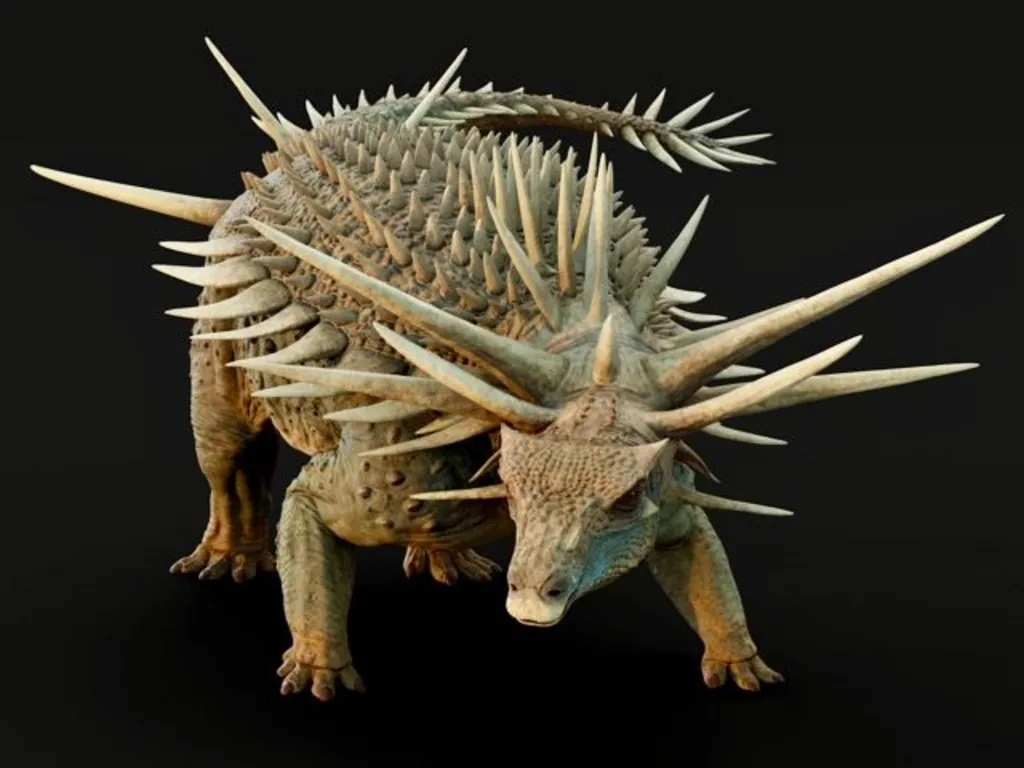In the verdant jungles of Campeche, Mexico, just east of the town of Dos Lagunas, archaeologists have unveiled a lost Maya city named Valeriana, bringing to light the wonder of an ancient civilization that flourished long ago. This remarkable discovery was made possible through advanced aerial scans designed for ecological research, which eventually led to the revelation of ruins concealed beneath layers of thick foliage.
Marcello Canuto, an archaeologist from Tulane University involved in the excavation, expressed the profound realization of how much is hidden just beyond the immediate view of the landscape. He noted, "It’s humbling... it’s amazing how much is left to discover just a short distance from what is visible."
The team, led by doctoral student Luke Auld-Thomas, meticulously analyzed these aerial images and identified the city’s distinct characteristics. Among the impressive features discovered were temple pyramids, a palace complex, expansive public plazas, reservoirs, dams, and a broad causeway connecting various areas across the hilly terrain. Auld-Thomas remarked that the city embodies a perfect representation of what one might expect from a Maya civilization in a video game.
Additionally, researchers uncovered the remains of residential buildings and infrastructure, including terraces, field walls, gardens, and other signs of organized human activities. This newfound understanding emphasizes the potential of the Maya civilization to be far more vast and intricate than previously understood. As excavation and study continue, Valeriana holds the promise of unveiling further secrets of a remarkable culture that thrived in ancient Mesoamerica.





















